The colourful world of the Belle Epoque
Colour photos existed before colour photography – but how? A complicated process made it possible to turn black-and-white images into coloured ones. The postcards made with this process were extremely popular – and still are today.
The Zurich Central Library has one of the largest collections in the world of so-called Photochrom postcards, from the turn of the 20th century. They were put online for digital accessExternal link last year.
Postcards like this were manufactured from the 1880s using Photochrom printers, which could add colour to black-and-white photographs. This lithographic process involved exposing individual negatives to a light-sensitive stone that had been covered with an asphalt mix. Depending on the number of colours wanted, this would involve up to 14 rounds of inking.
After further complex steps, the image, with its various colour tones, could be printed. Often the choice of colours was left to the printers, who would just use their imaginations.
Hans Jakob Schmid developed the technique into a marketable commodity for the Zurich firm Photochrom, a subsidiary of printer Orell Füssli. In 1895, Photochrom changed its name to Photoglob. After the First World War, when Photochrom postcards were no longer in demand, Photoglob focused on selling postcards – something it continues to do today.
Most of the coloured postcards from the Belle Époque featured views from popular tourist locations. Particularly popular in Switzerland were images of various winter sports and snow-covered landscapes.
(Text: Christian Raaflaub, swissinfo.ch; Images: Keystone/Photoglob/Photochrom Collection)
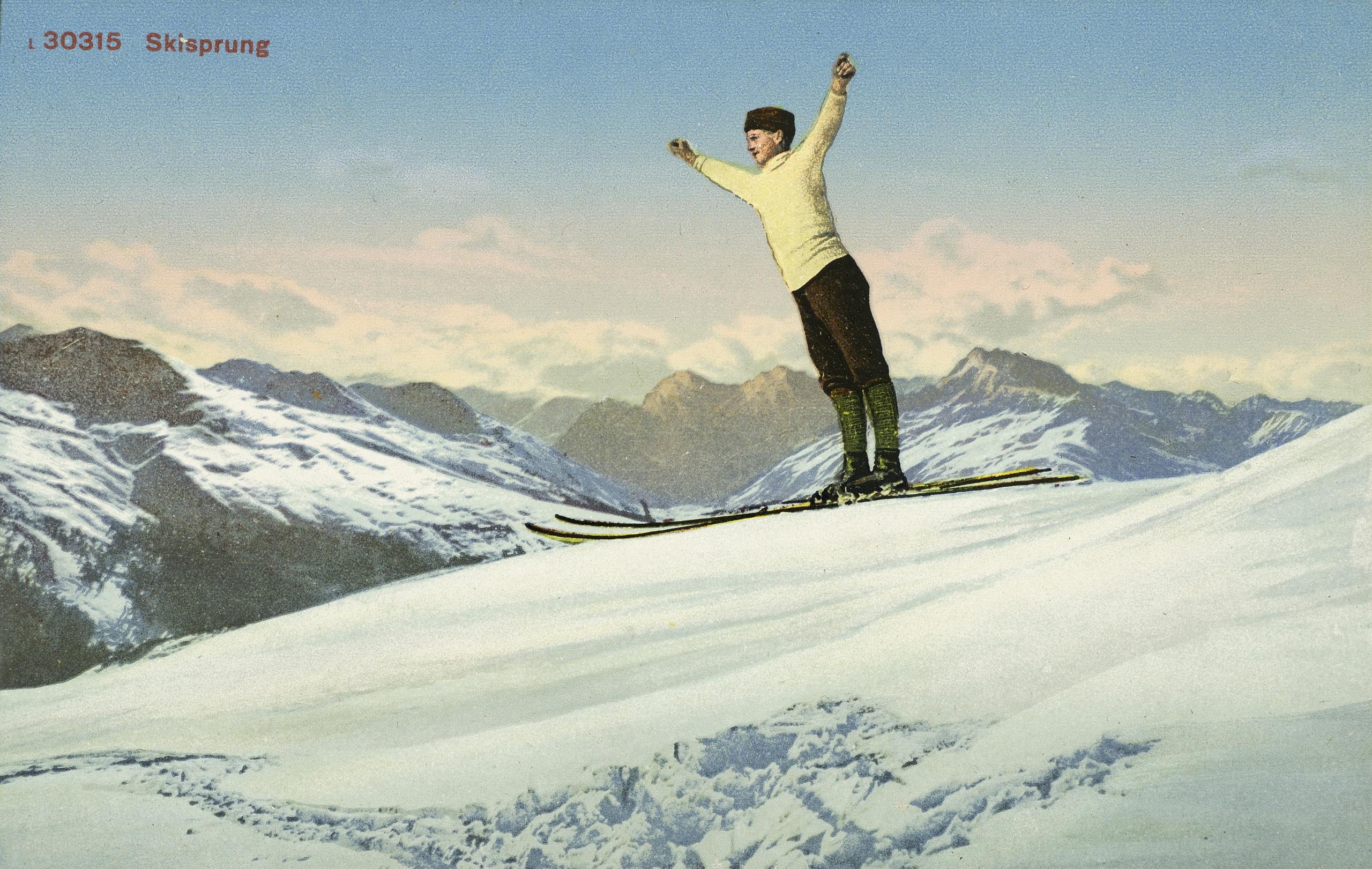
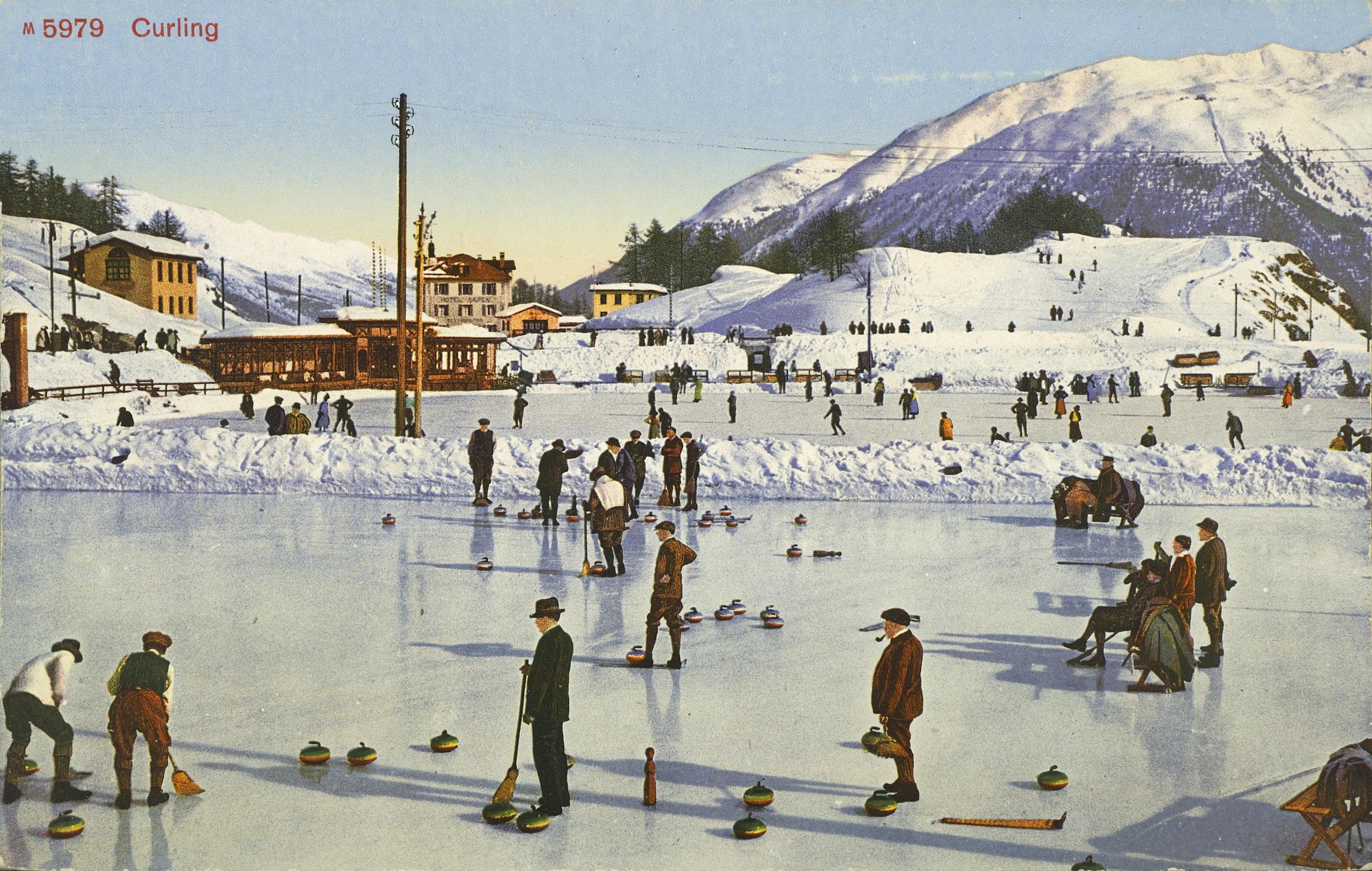
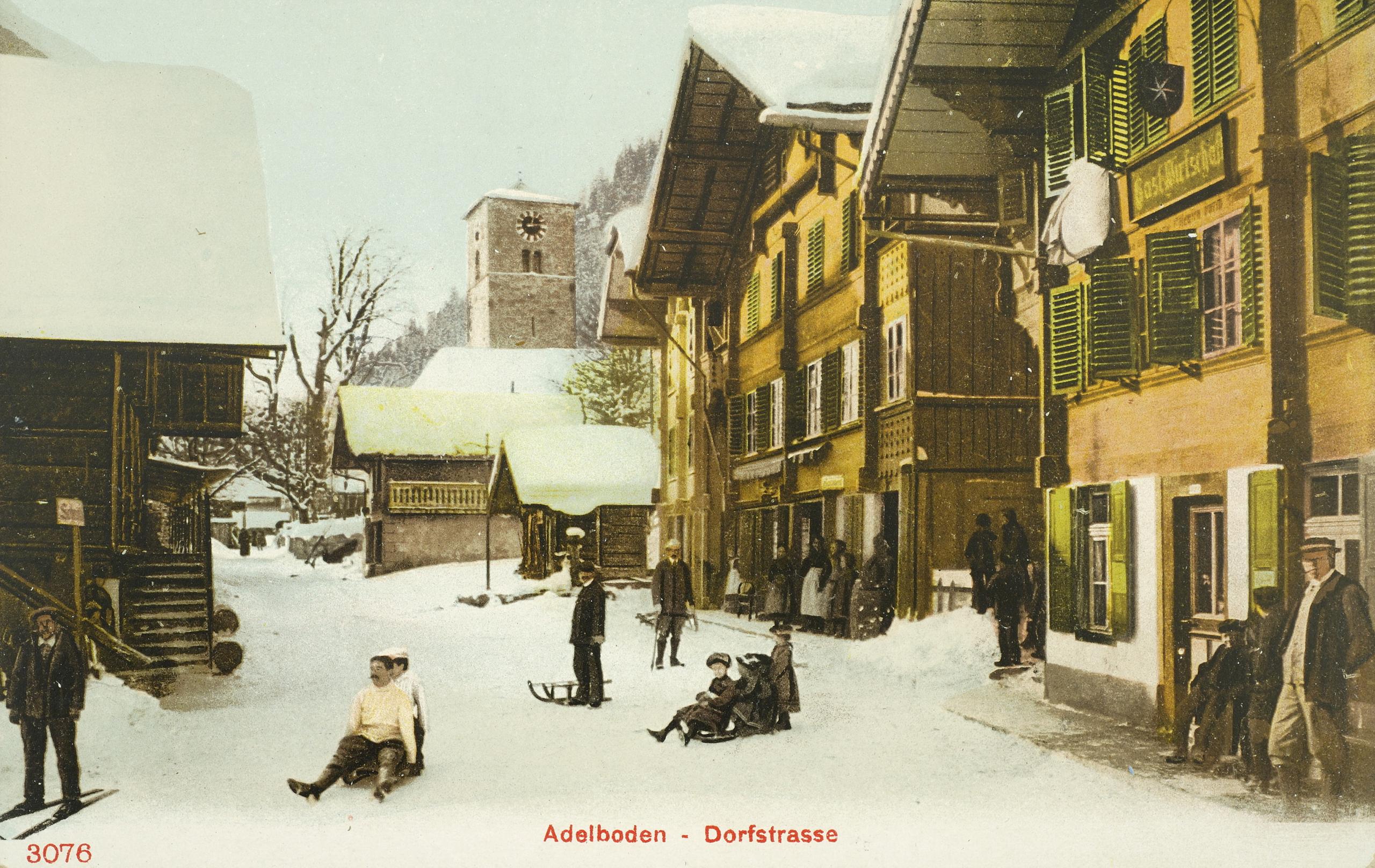
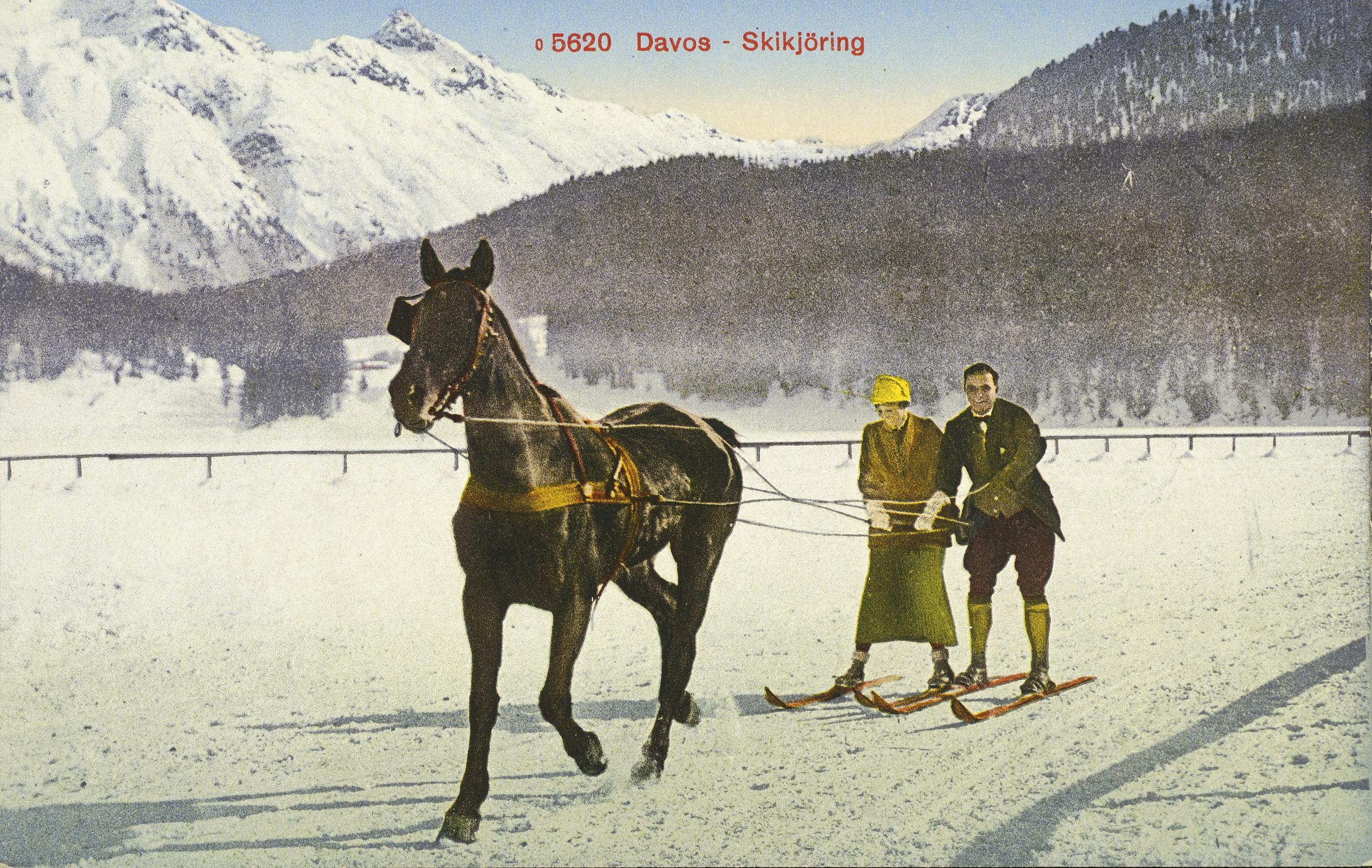
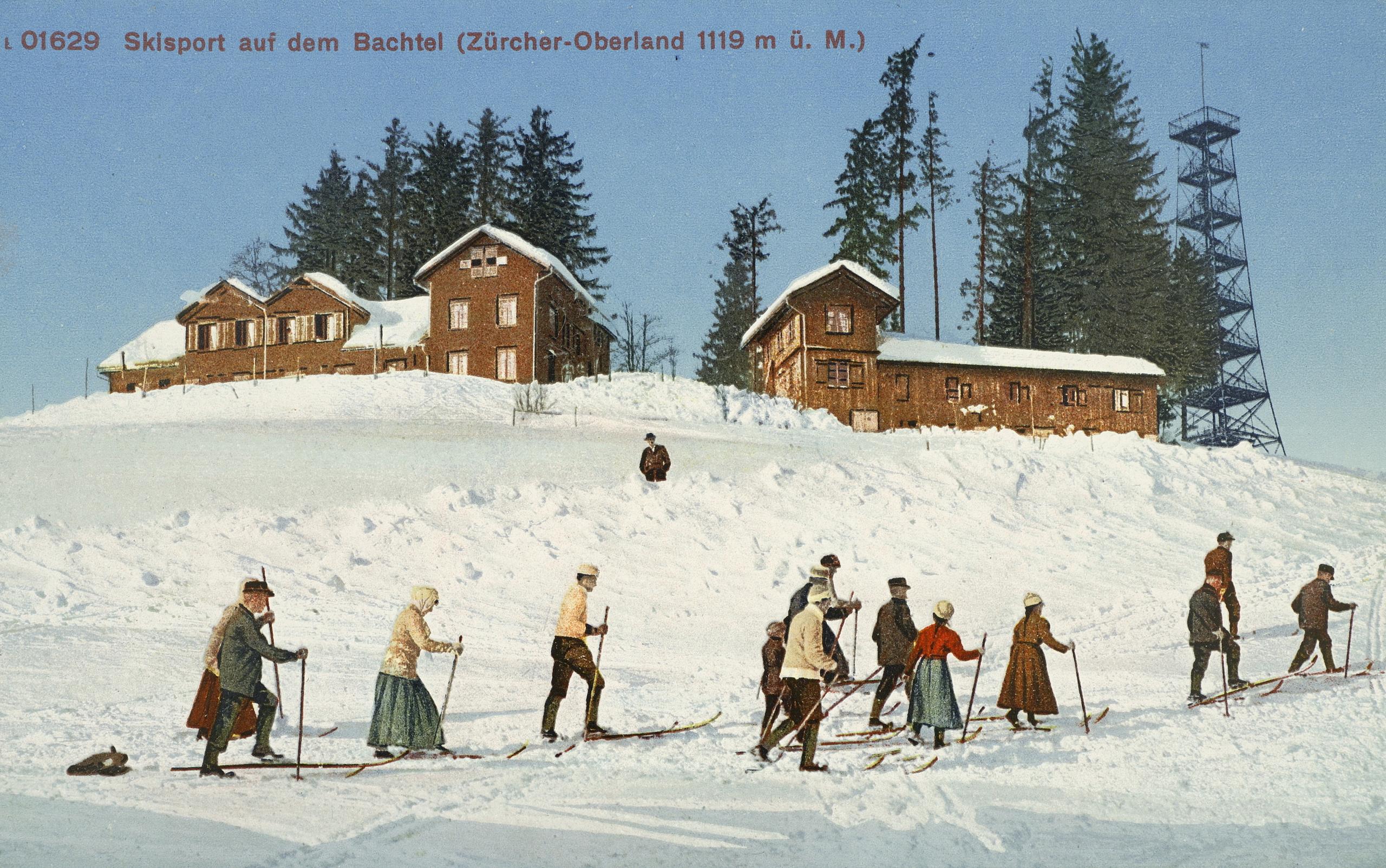
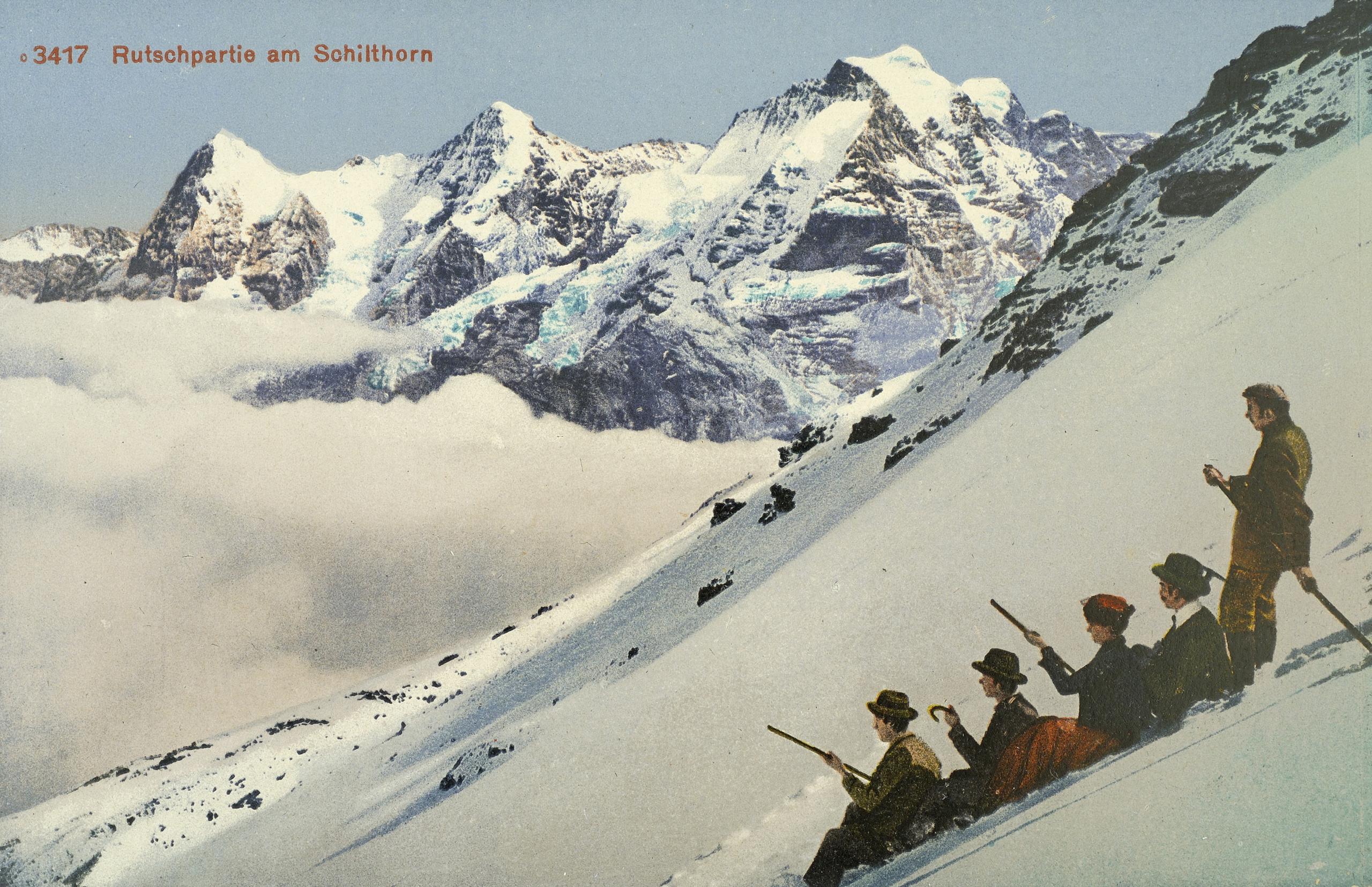
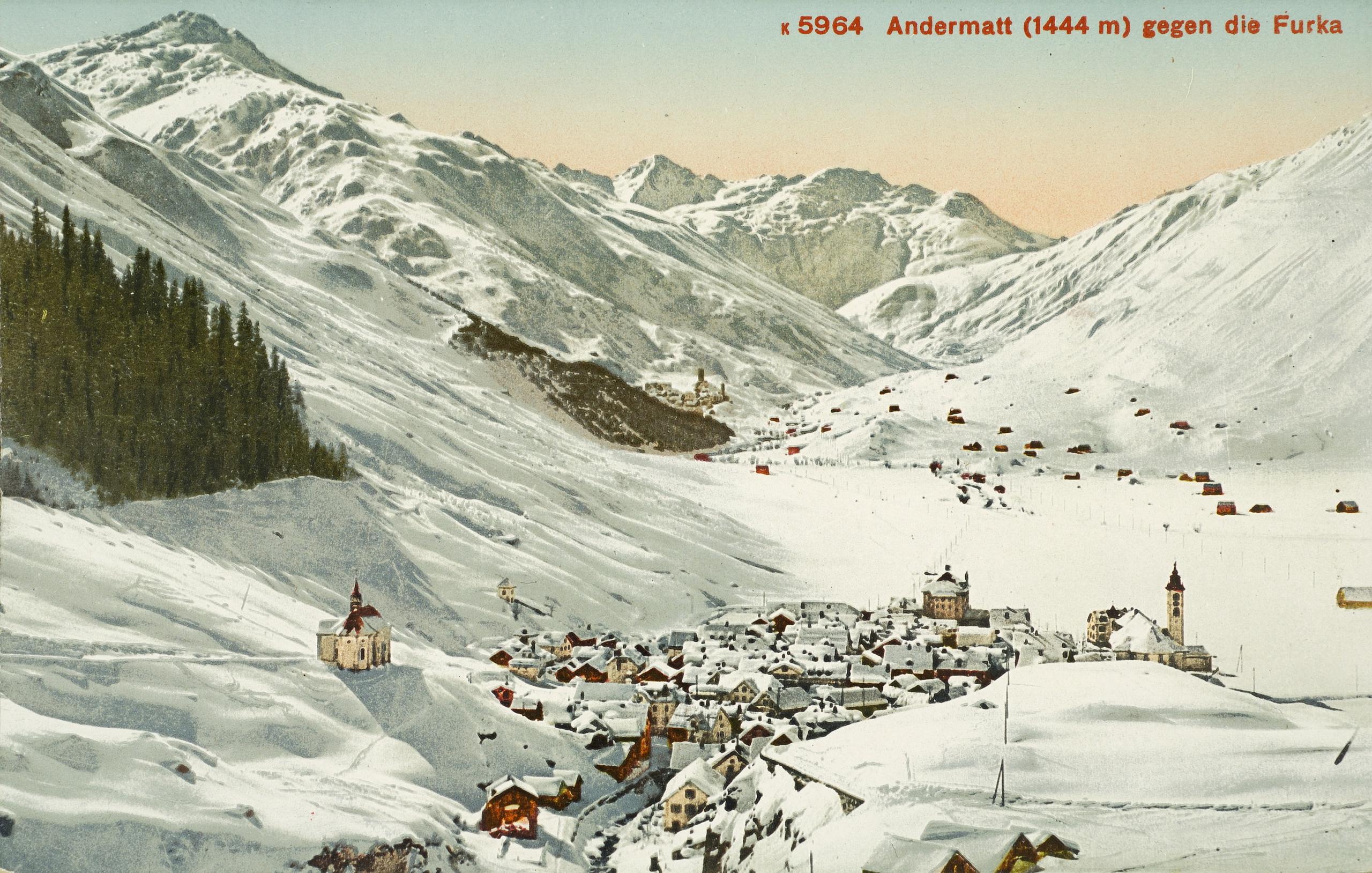
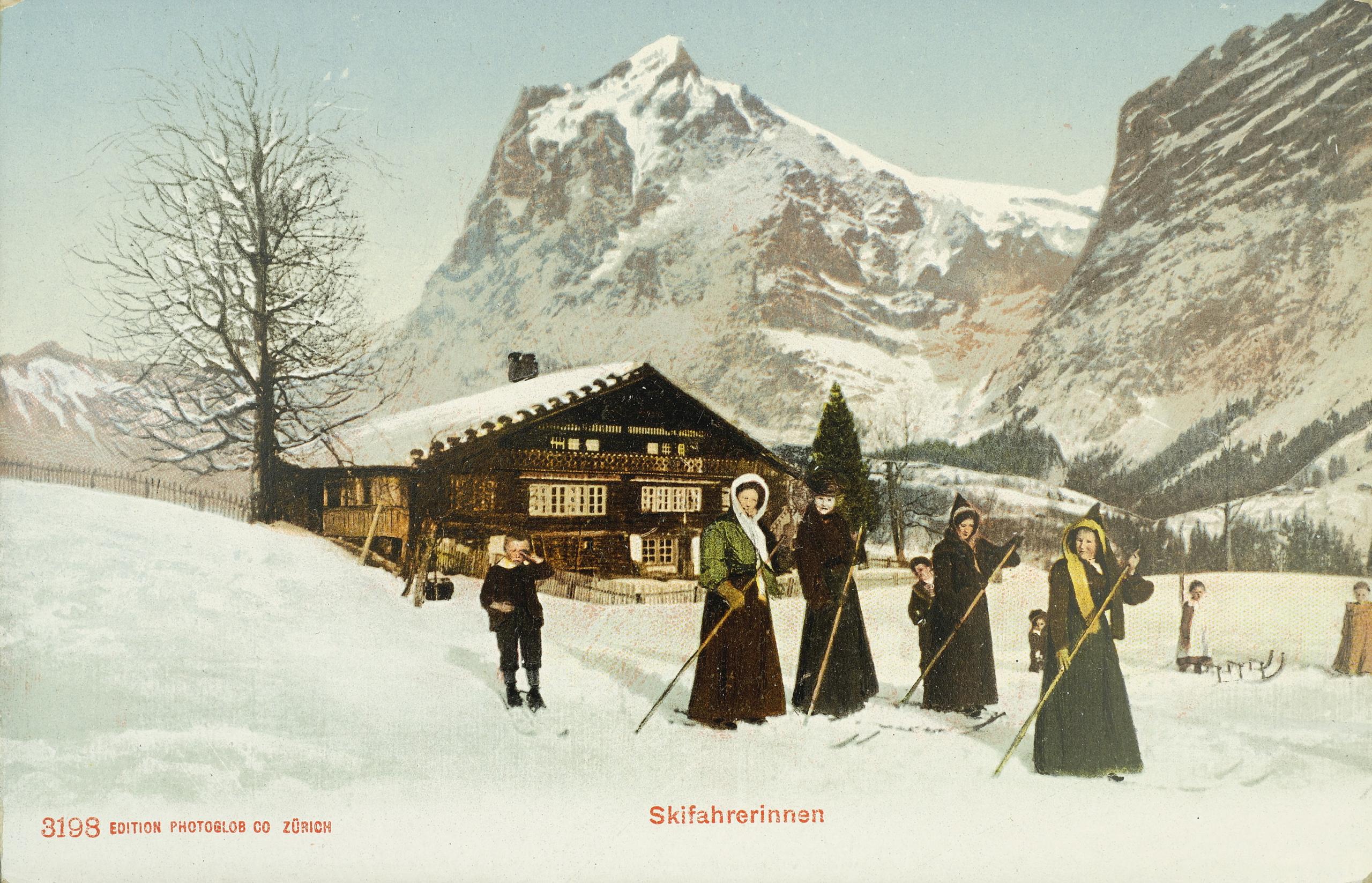
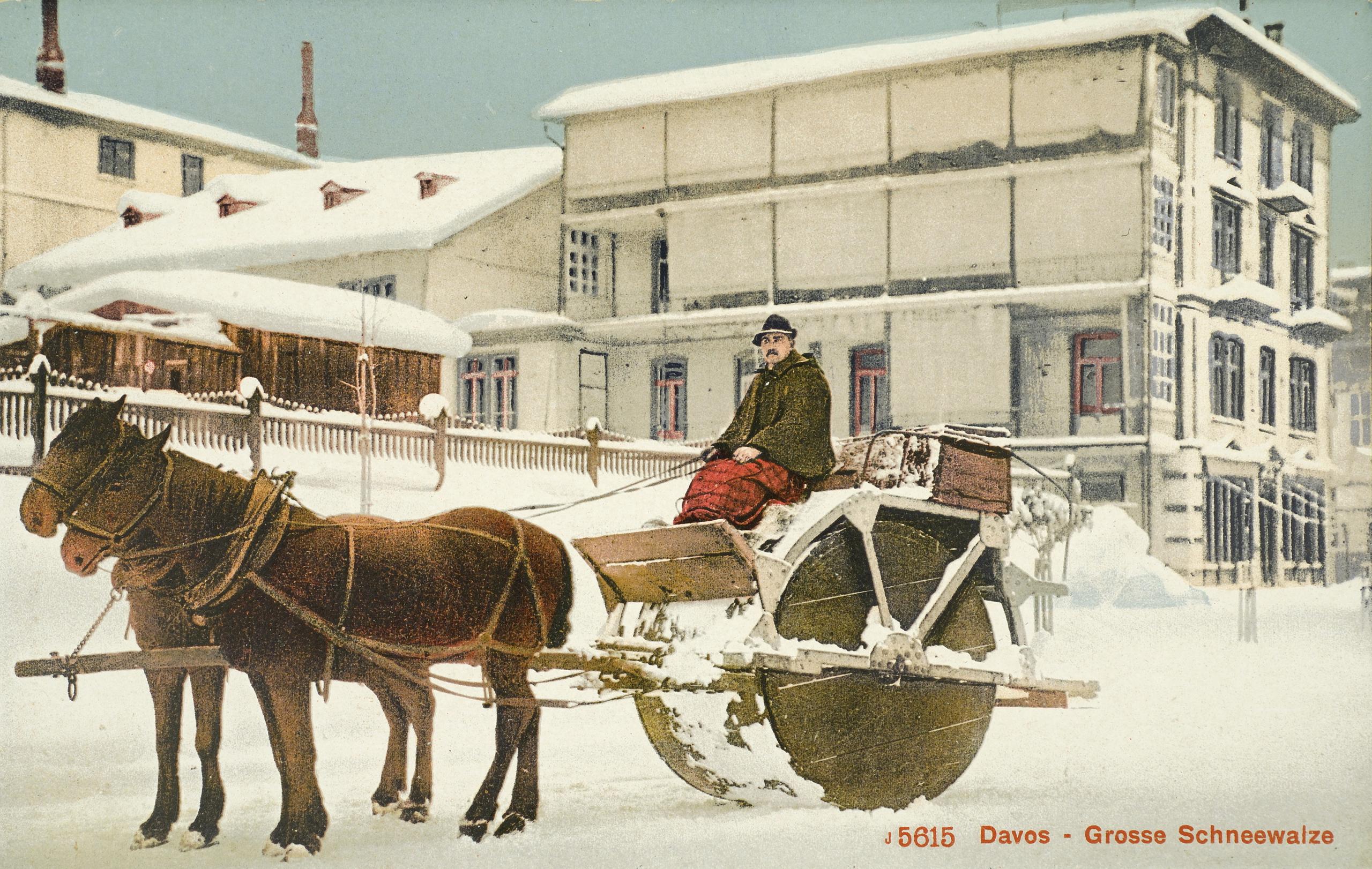
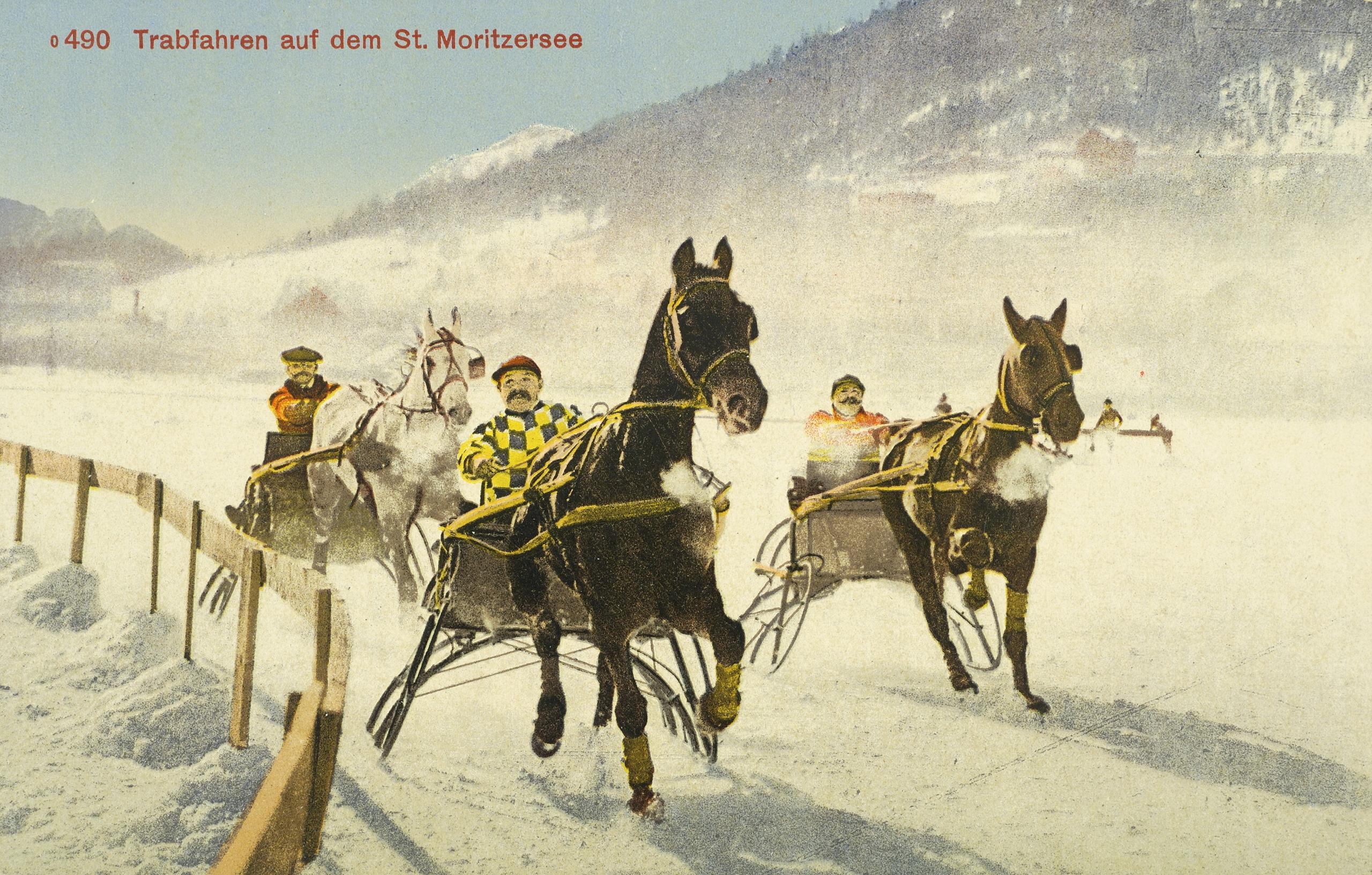
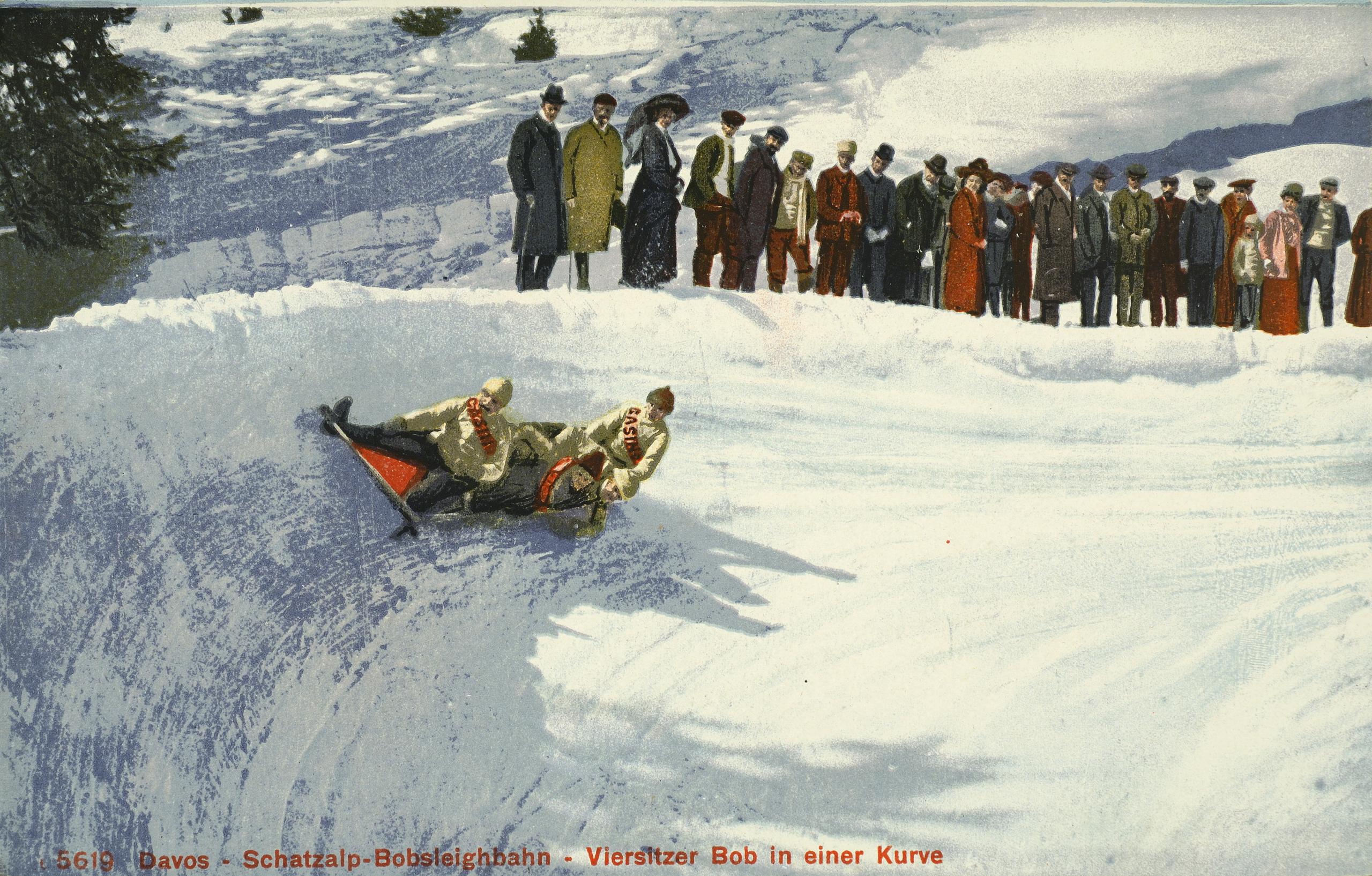
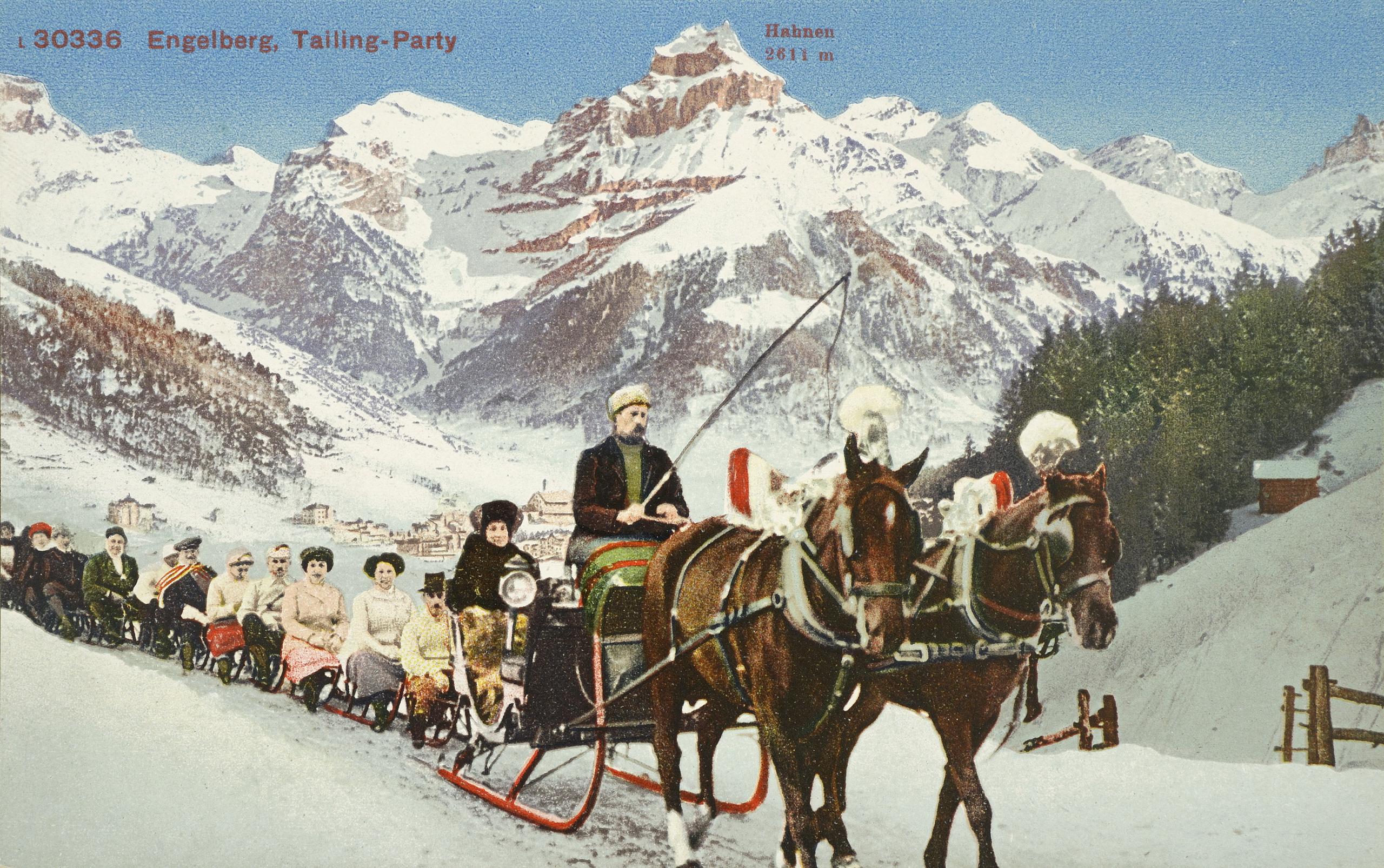
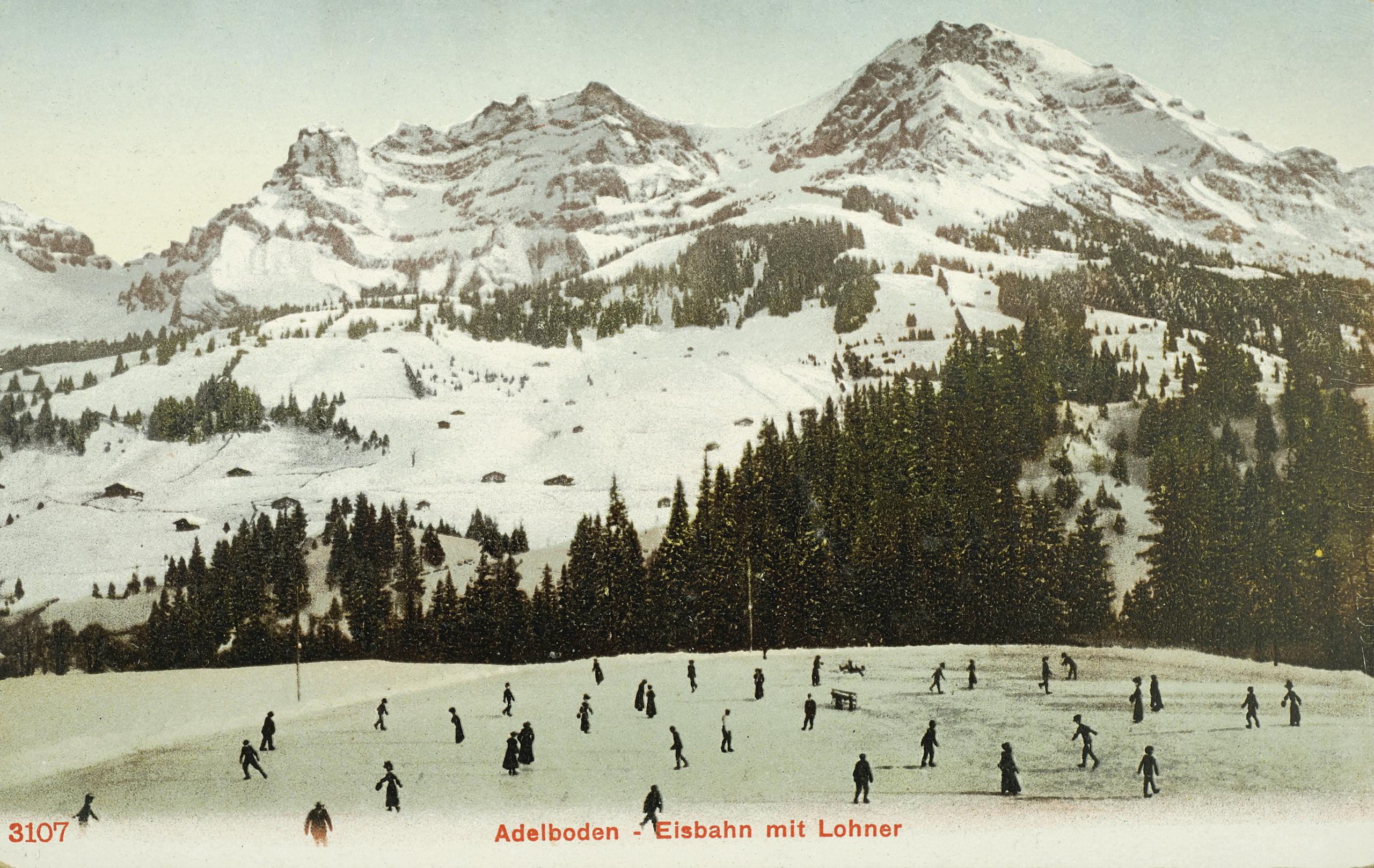
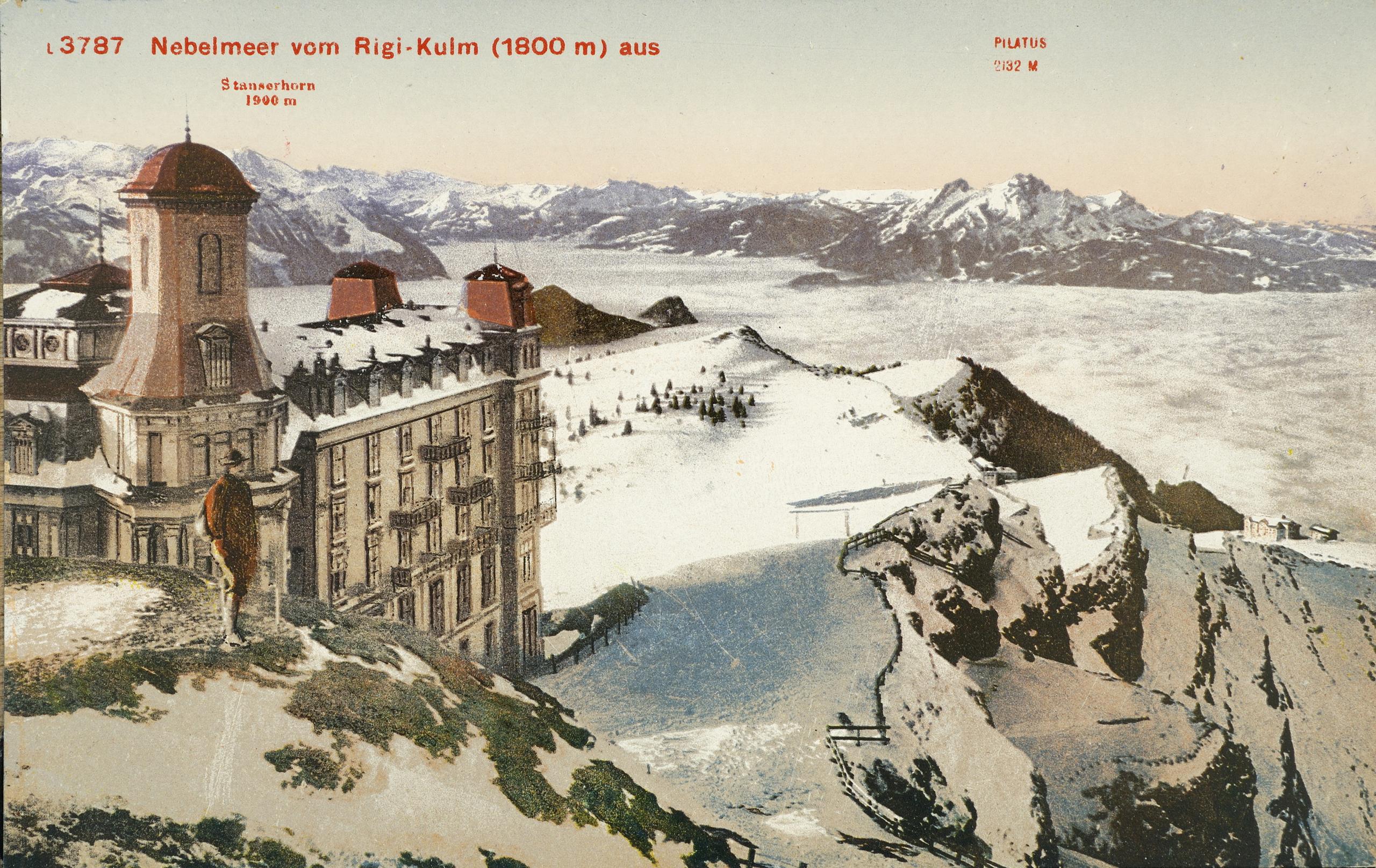

You can find an overview of ongoing debates with our journalists here. Please join us!
If you want to start a conversation about a topic raised in this article or want to report factual errors, email us at english@swissinfo.ch.